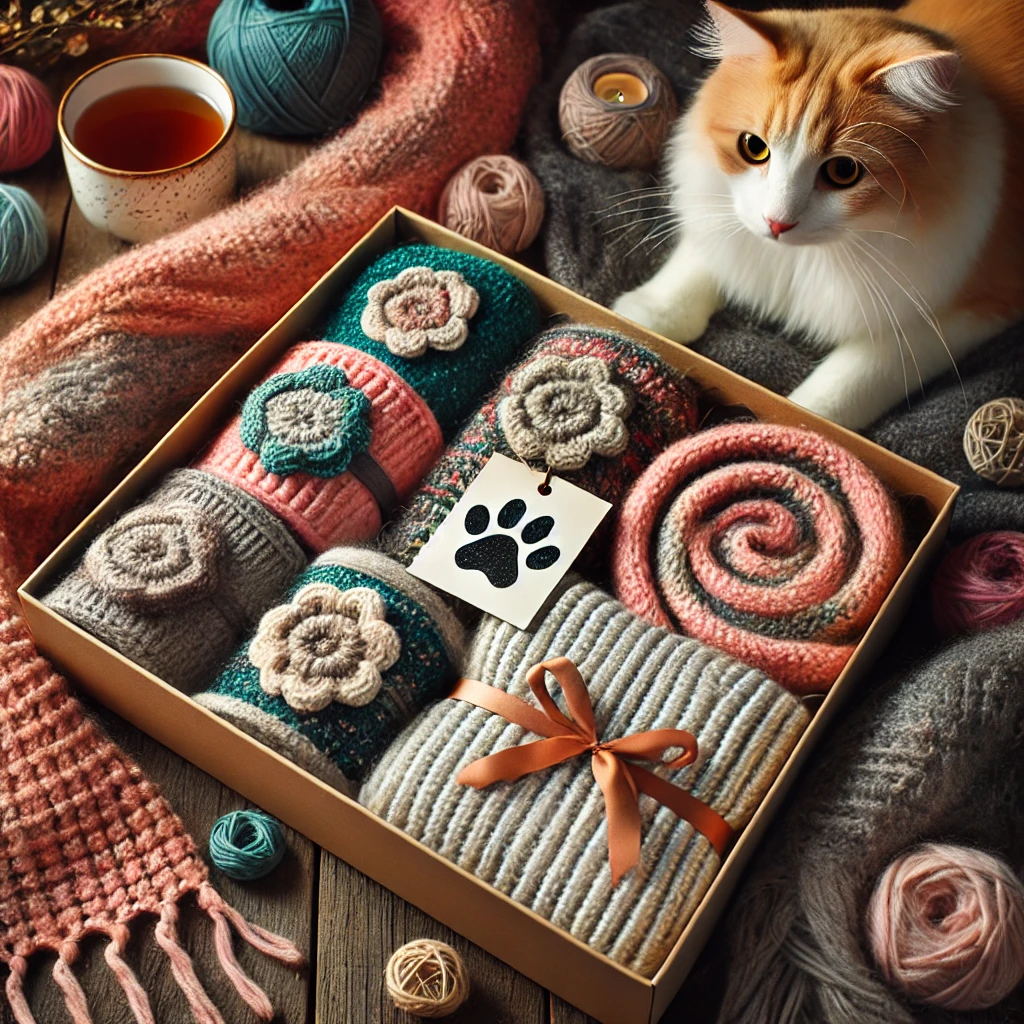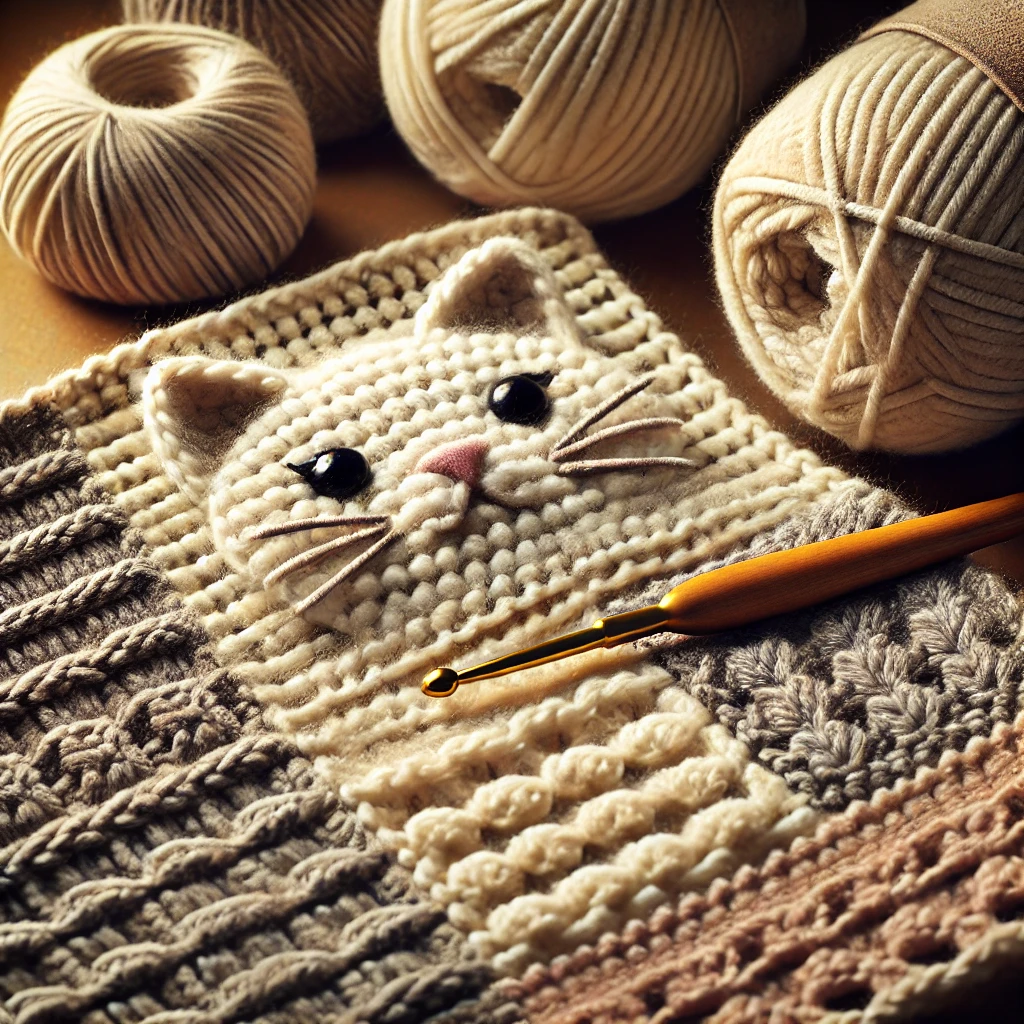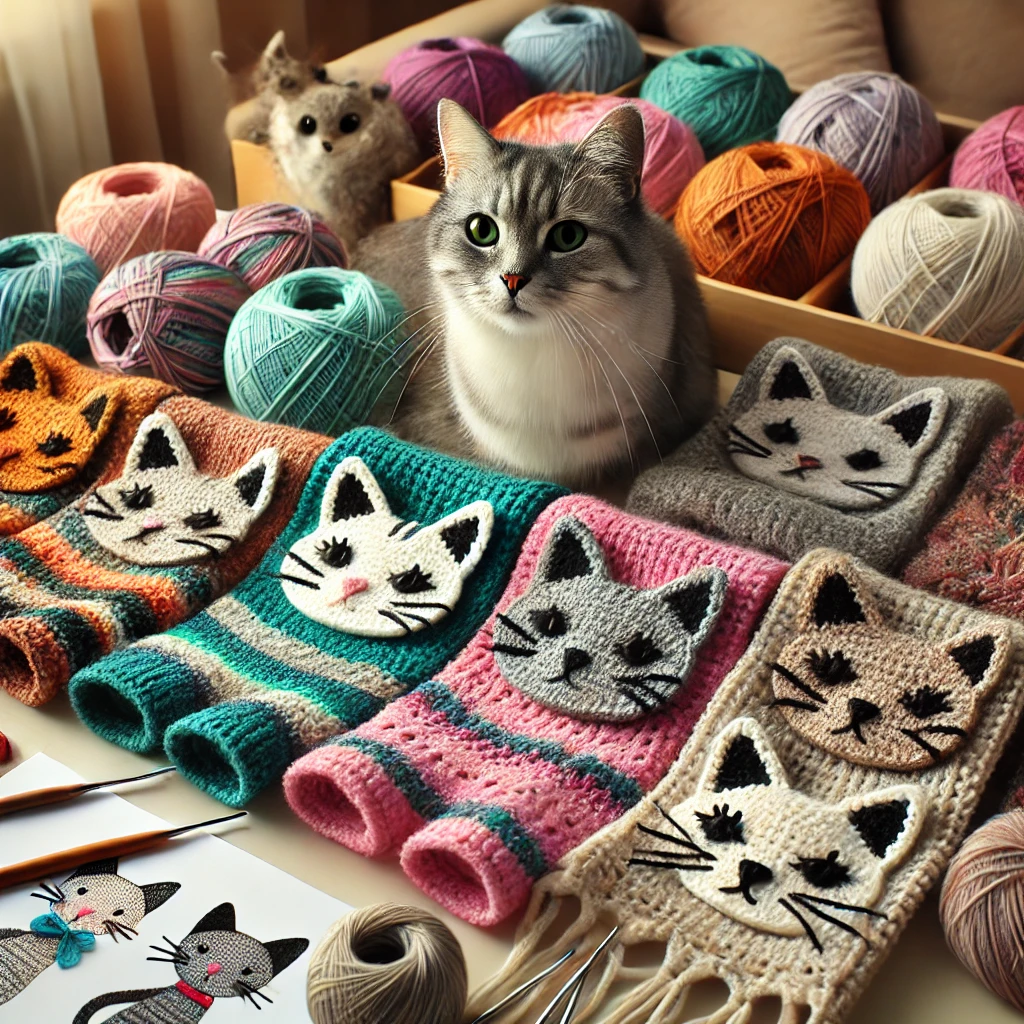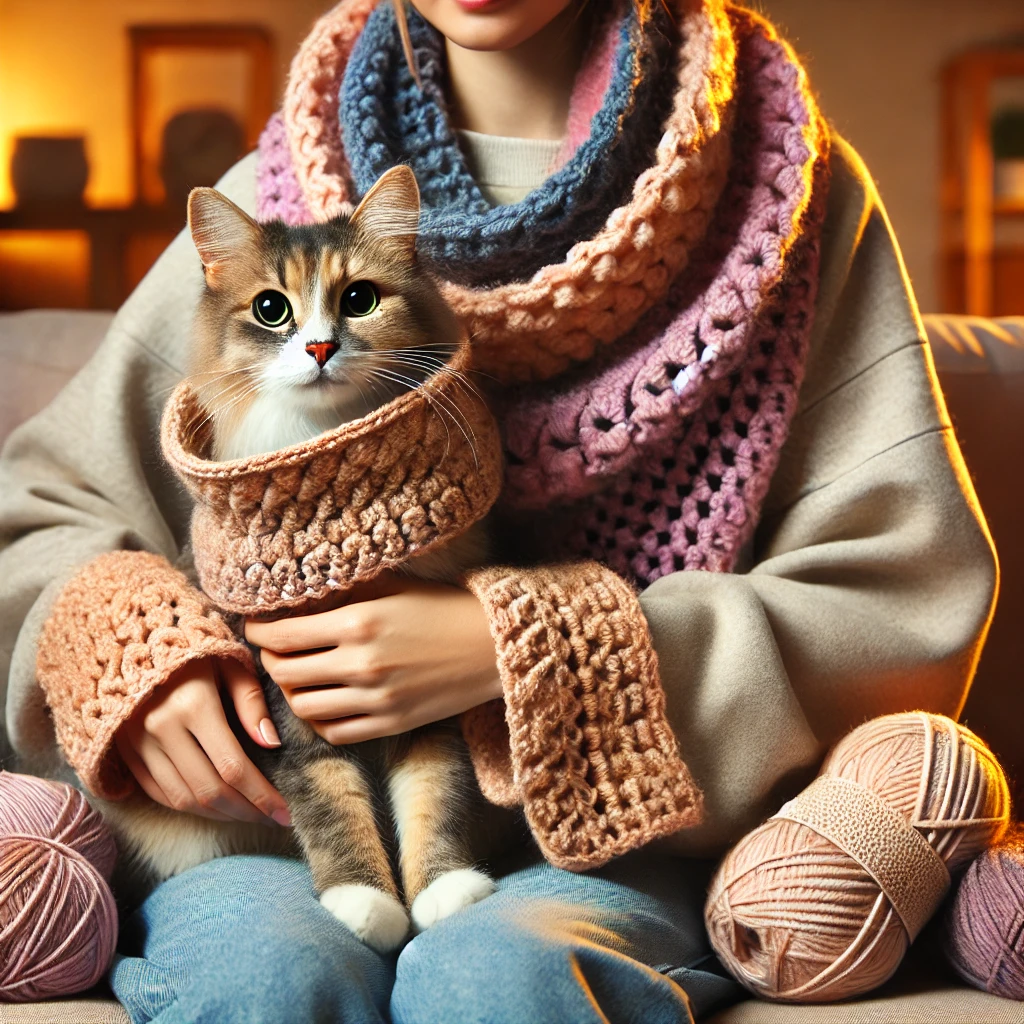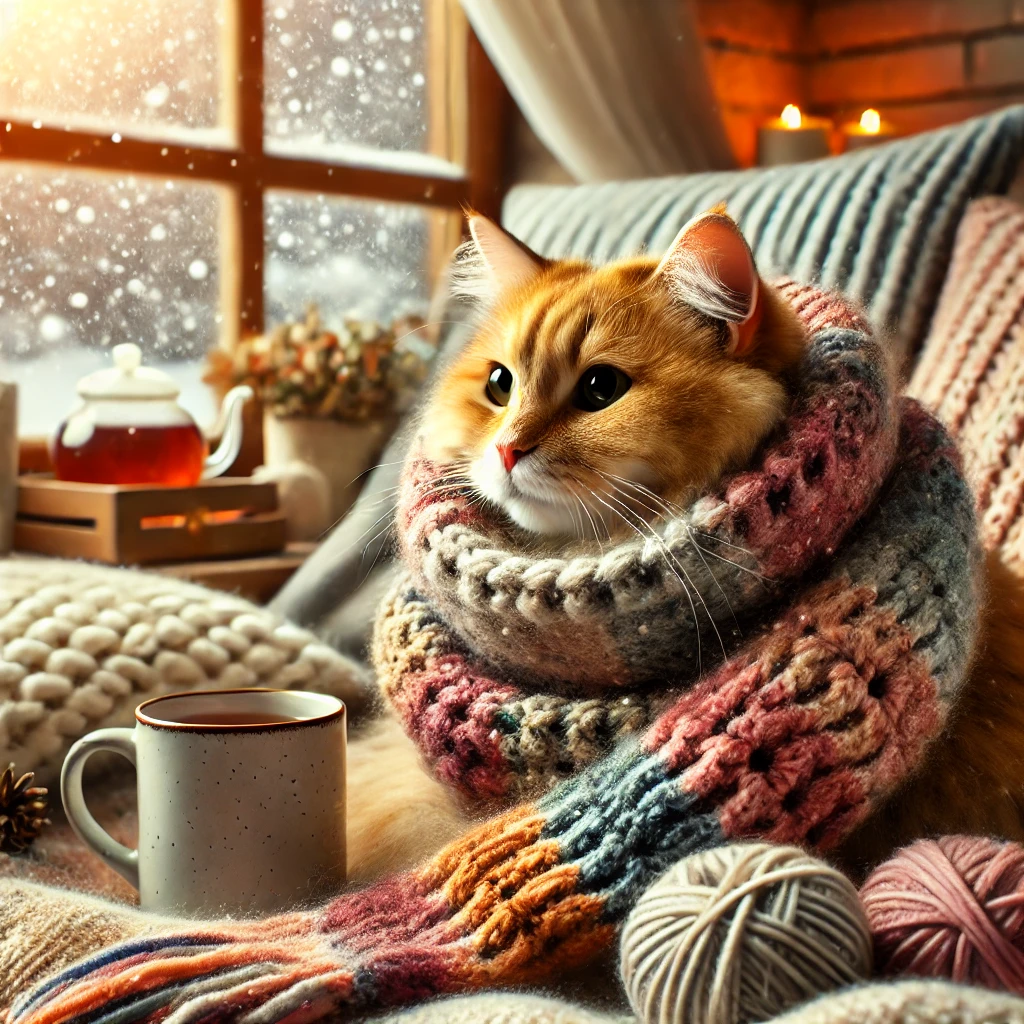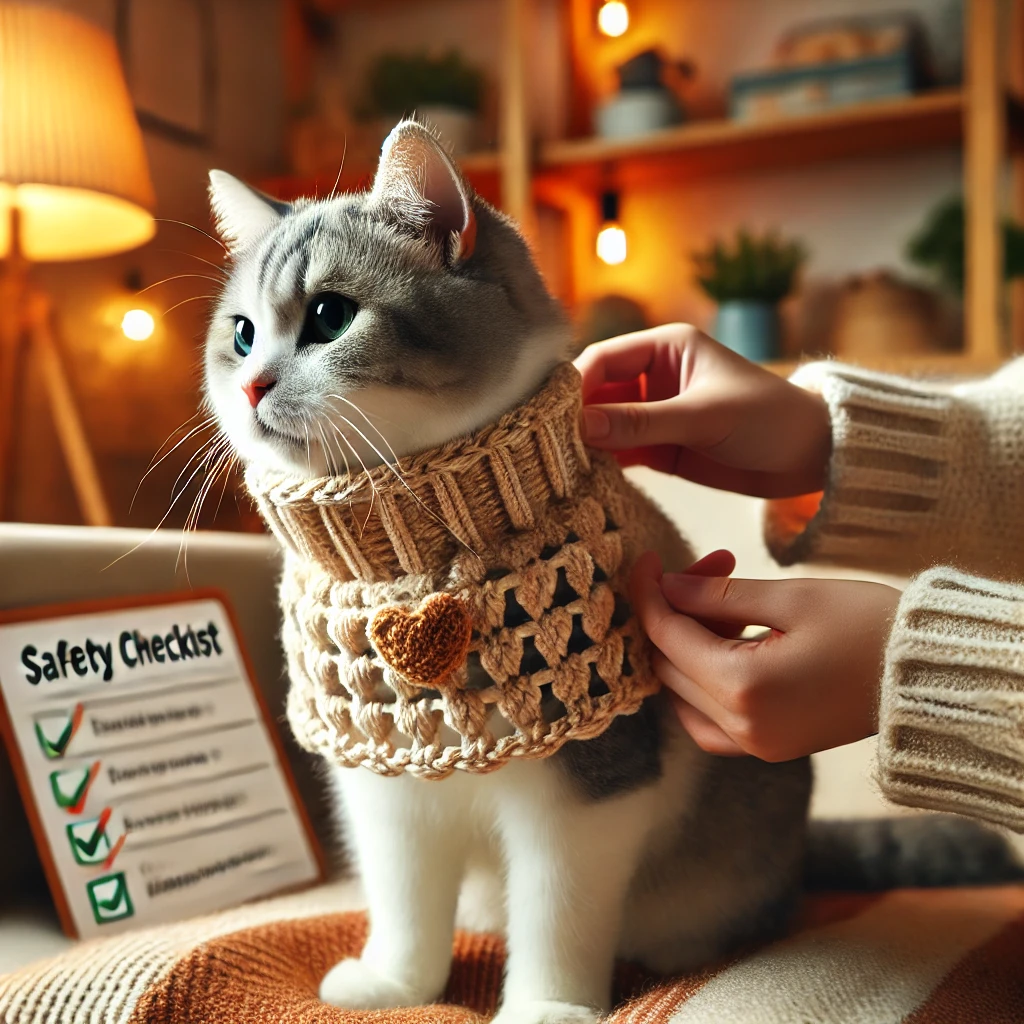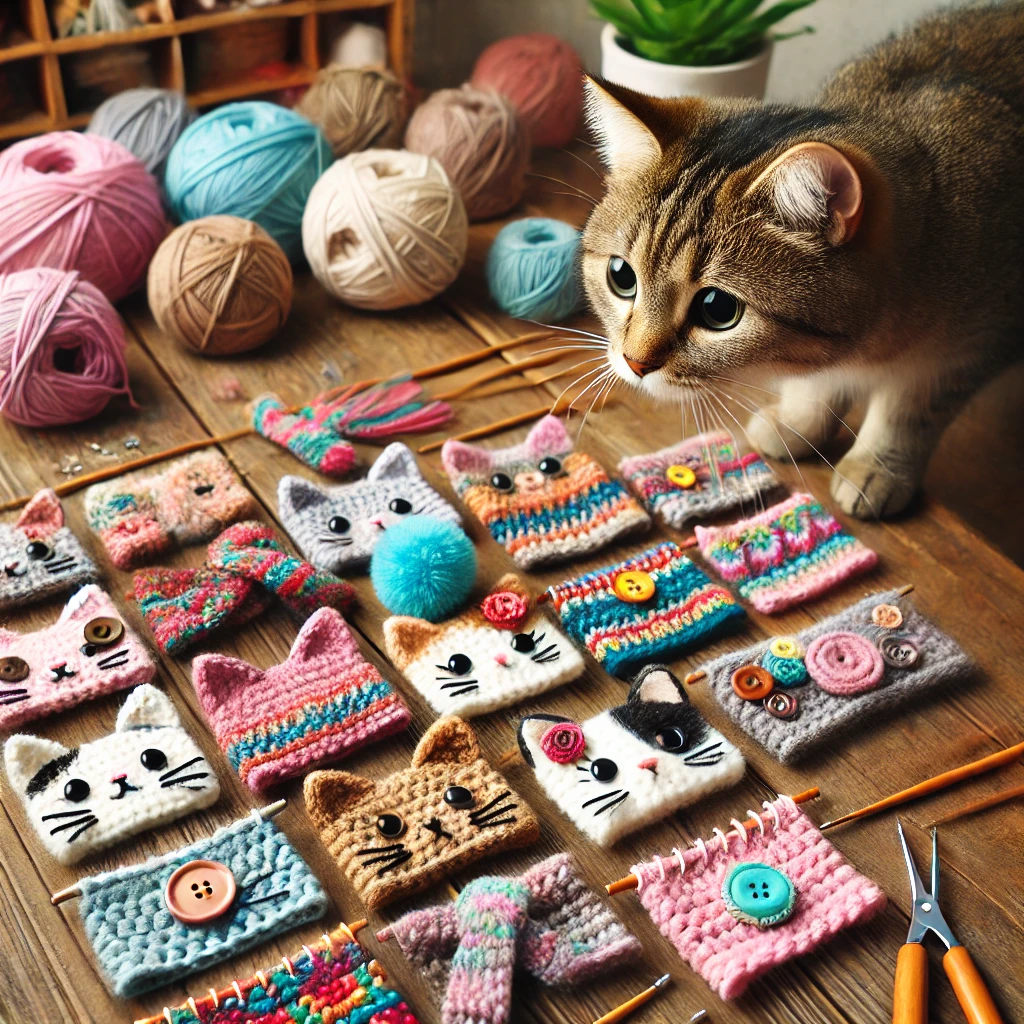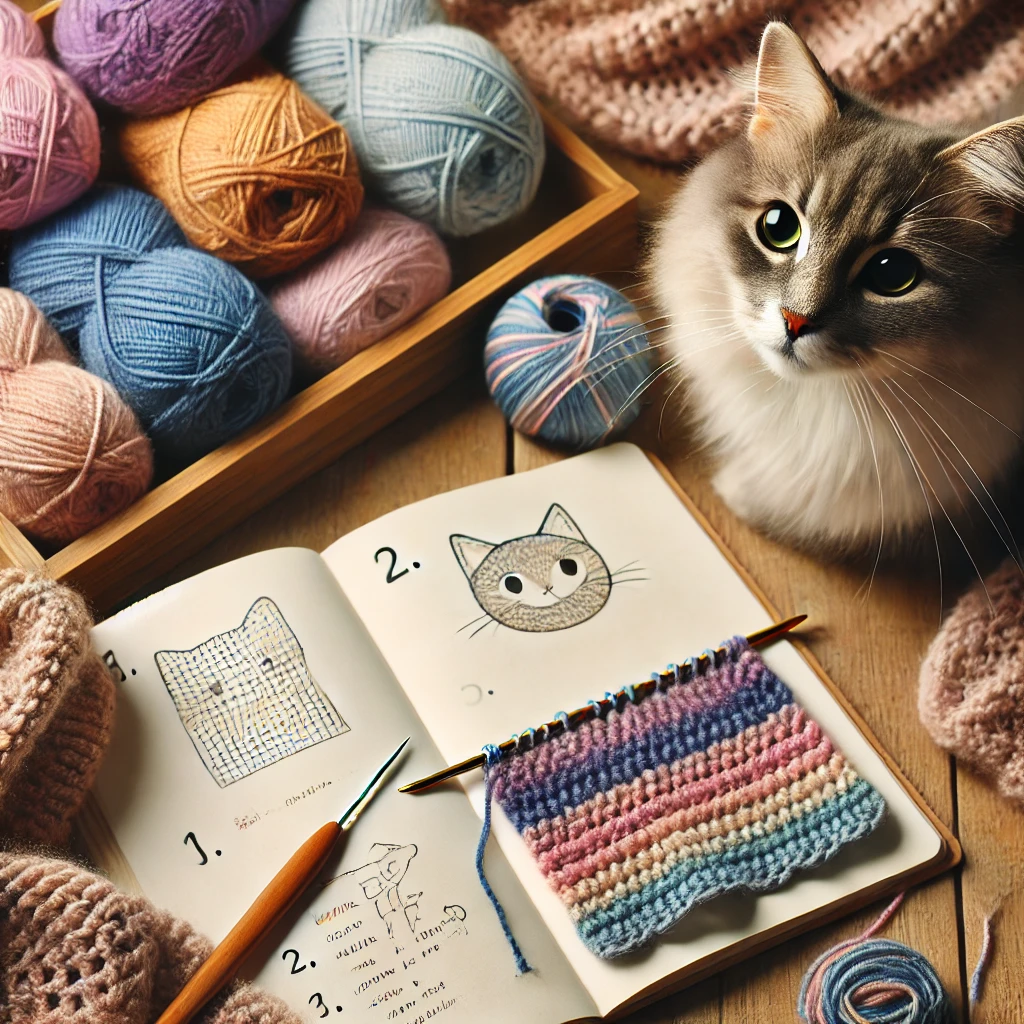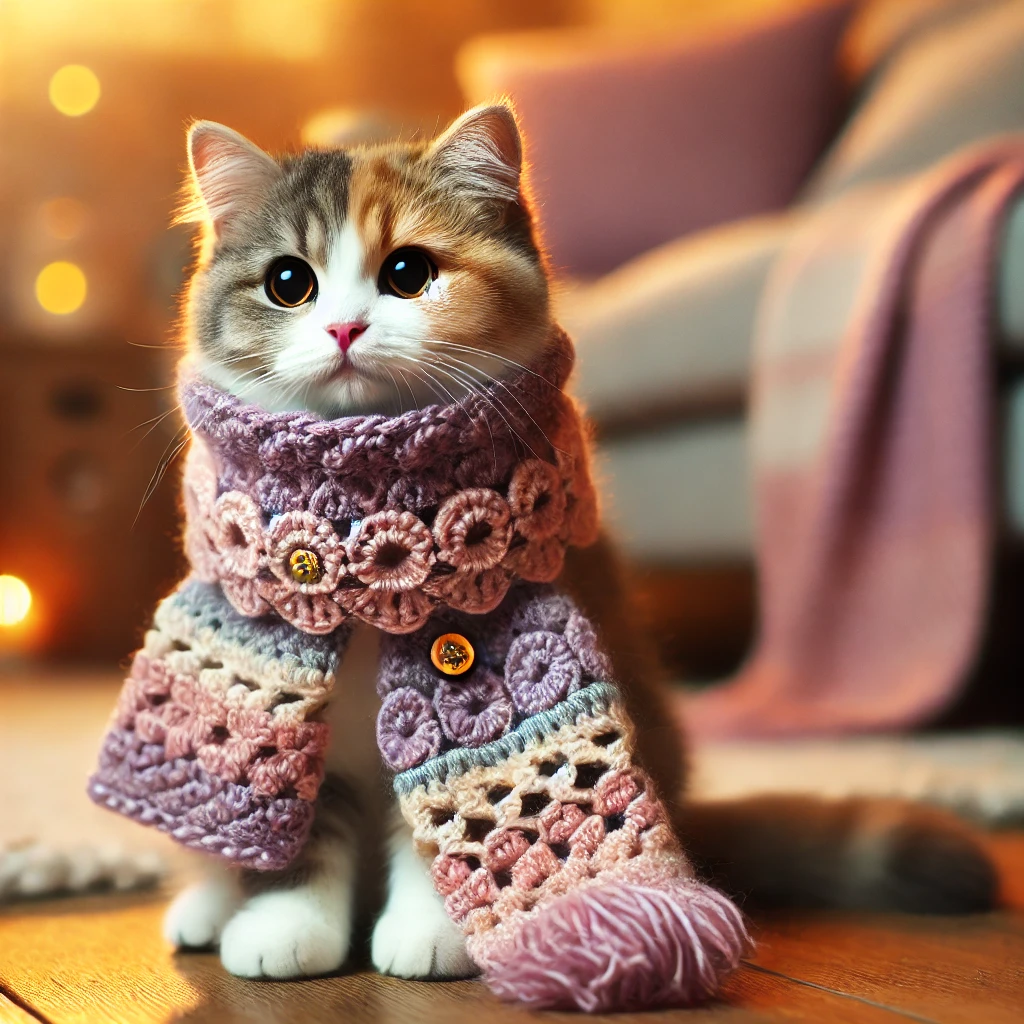Handmade with Love: Why a Crochet Cat Scarf Is the Perfect Gift for Pet Lovers
The Unique Charm of Handmade Gifts
The Emotional Value of Handmade Creations
In a world filled with mass-produced items, handmade gifts stand out because they carry a personal touch. A crochet cat scarf, for example, is not just an accessory but a labor of love. The time, effort, and creativity poured into making such an item make it far more meaningful than something bought off a store shelf. For pet lovers, receiving a handmade crochet scarf featuring their favorite feline friend shows that the giver truly understands their passion.
Handmade gifts also create a sense of connection. When someone receives a crocheted scarf, they can appreciate the stitches, the choice of colors, and the careful attention to detail. Each loop of yarn represents thoughtfulness, making the gift unforgettable. Unlike factory-made products, no two handmade crochet scarves are exactly alike, adding to their uniqueness.
Why Crochet Stands Out Among Handmade Crafts
Crochet, in particular, has a special appeal. Unlike knitting, which uses two needles, crochet involves a single hook, allowing for more intricate designs. This makes it perfect for creating detailed patterns, such as adorable cat faces or playful paw prints. The texture of crochet is also distinct—softer and more flexible, which adds to the comfort of a scarf.
Additionally, crochet is a versatile craft. It can be adjusted to different thicknesses, making it suitable for both lightweight and chunky scarves. For a cat-themed scarf, this means the design can be as simple or elaborate as desired. Some crafters even add tiny ears or whiskers to make the scarf even more charming.
The Growing Trend of Pet-Themed Accessories
Pet lovers adore showing off their affection for their furry companions, and pet-themed fashion has become increasingly popular. From sweaters with paw prints to jewelry shaped like cats, there is a high demand for accessories that celebrate pets. A crochet cat scarf fits perfectly into this trend.
Not only is it stylish, but it also serves as a conversation starter. Wearing a scarf with a cute cat design can instantly connect like-minded pet lovers. It’s a subtle yet expressive way to showcase one’s love for cats without saying a word. For those who may not own a cat but still adore them, this scarf is a playful way to express that fondness.
The Perfect Gift for Any Occasion
A crochet cat scarf is not limited to a specific holiday or event. It makes a wonderful birthday present, a heartfelt Christmas gift, or even a just-because surprise. Since it’s handmade, it carries sentimental value that store-bought gifts often lack.
For cat owners, it’s a way to carry their pet’s essence with them, even when they’re apart. For friends who love cats, it’s a thoughtful gesture that shows how well they are understood. Whether the recipient is a fashion enthusiast or simply someone who appreciates cozy accessories, a crochet cat scarf is a gift that will be cherished for years.
The Art of Crochet and Its Personal Touch
Understanding the Craftsmanship Behind Crochet
Crochet is more than just a hobby—it’s an art form that requires patience and skill. Each stitch is carefully made by hand, with the creator deciding the tension, pattern, and design. Unlike machine-made textiles, crochet items have slight imperfections that add character, making them one-of-a-kind.
When crafting a cat scarf, the crocheter must consider the shape, colors, and embellishments. Some may opt for a minimalist approach with subtle cat motifs, while others might go for bold, colorful designs featuring full cat faces. The level of detail depends on the maker’s expertise, but even a simple crochet cat scarf carries a personal charm.
How Handmade Gifts Strengthen Relationships
Giving a handmade gift is a powerful way to show appreciation. It communicates that the giver invested time and effort rather than just picking something up from a store. For pet lovers, receiving a crochet cat scarf can feel especially touching because it acknowledges their love for their pets in a creative way.
In a fast-paced world where many interactions are digital, a physical, handmade item stands out. It becomes a keepsake, something the recipient can hold onto as a reminder of the bond they share with the giver. Unlike generic gifts, a crochet scarf carries the maker’s energy and thoughtfulness, making it emotionally significant.
Customization: Making the Gift Extra Special
One of the greatest advantages of handmade crochet gifts is the ability to customize them. A cat scarf can be tailored to match the recipient’s favorite colors or even resemble their own pet. If the recipient has a black cat, the scarf could feature black yarn with green eyes to mimic their feline friend.
Names or initials can also be incorporated into the design, adding another layer of personalization. Some crocheters even create scarves with pockets shaped like cats, adding both style and functionality. The possibilities are endless, ensuring that no two scarves are ever the same.
The Therapeutic Benefits of Crochet
Beyond being a delightful gift, crochet has therapeutic benefits for the maker. The repetitive motions can be calming, reducing stress and promoting mindfulness. Many crocheters find the process meditative, allowing them to focus on creating something beautiful while relaxing their minds.
When someone receives a crochet cat scarf, they’re not just getting a piece of clothing—they’re receiving an item made with care and positive energy. Knowing that the creator enjoyed the process adds another layer of warmth to the gift.
The Practical and Stylish Appeal of a Crochet Cat Scarf
A Fashion Statement for Pet Lovers
A crochet cat scarf isn’t just a cozy accessory—it’s a stylish declaration of love for felines. Unlike generic scarves, this handmade piece stands out with its playful design, making it a perfect addition to any pet lover’s wardrobe. Whether the scarf features tiny embroidered cat faces, delicate paw prints, or even 3D ears, it adds a whimsical touch to everyday outfits.
Fashion trends come and go, but pet-themed accessories have enduring appeal. A crochet cat scarf blends seamlessly with both casual and semi-formal attire. Pair it with a denim jacket for a relaxed look or drape it over a sweater for a cozy, chic vibe. Since crochet offers endless customization, the scarf can be designed in neutral tones for a subtle look or vibrant hues for a bold statement.
Warmth and Comfort in Every Stitch
Beyond aesthetics, a crochet cat scarf serves a practical purpose—keeping the wearer warm. Crochet stitches create natural gaps in the fabric, allowing for breathability while still providing insulation. Unlike thick wool scarves that can feel bulky, a crochet scarf offers a lightweight yet effective layer of warmth.
For those who live in colder climates, a chunky crochet cat scarf made with soft, plush yarn ensures comfort without sacrificing style. Alternatively, a lighter, open-weave design works well for mild weather, making it a versatile accessory for different seasons. The texture of crochet also adds a pleasant tactile experience, making it enjoyable to wear.
Durability and Longevity of Handmade Crochet
One common misconception about handmade items is that they are less durable than machine-made products. However, a well-crafted crochet cat scarf can last for years with proper care. High-quality yarn, tight stitching, and reinforced edges ensure that the scarf withstands regular wear.
Unlike fast-fashion scarves that may fray or lose shape after a few washes, a crochet scarf maintains its structure when handled correctly. Most crochet scarves can be gently hand-washed or spot-cleaned, preserving their vibrant colors and softness. For pet lovers who want a long-lasting accessory, a handmade crochet scarf is a worthwhile investment.
An Eco-Friendly Gift Choice
In an era where sustainability matters, handmade crochet gifts are an excellent eco-conscious option. Mass-produced scarves often involve synthetic materials and excessive packaging, contributing to environmental waste. A crochet cat scarf, on the other hand, can be made from natural, biodegradable fibers like cotton, bamboo, or wool.
Additionally, supporting handmade crafts means supporting small businesses and independent artisans rather than large corporations with questionable labor practices. When someone gifts a crochet scarf, they’re not just giving a beautiful accessory—they’re promoting ethical consumerism and reducing their carbon footprint.
Why a Crochet Cat Scarf Makes the Perfect Gift
A Thoughtful Present for Every Cat Enthusiast
Finding the perfect gift for a cat lover can be challenging, but a crochet cat scarf checks all the right boxes. It’s personal, practical, and full of charm. Unlike generic pet-themed gifts like mugs or keychains, a handmade scarf shows a deeper level of consideration.
For cat owners, the scarf can even be customized to resemble their own pet, making it an incredibly sentimental keepsake. Even for those who don’t own cats but adore them, the scarf is a fun and fashionable way to express their passion. It’s a gift that transcends age and gender, appealing to anyone who appreciates handmade craftsmanship and feline charm.
The Joy of Supporting Handmade Artisans
Purchasing a crochet cat scarf from an independent crafter or learning to make one yourself supports the growing handmade movement. Many artisans pour their heart into their work, and buying from them helps sustain their craft. For recipients who value authenticity and creativity, knowing their gift was made by hand adds an extra layer of appreciation.
Alternatively, if the giver decides to crochet the scarf themselves, the process becomes a meaningful journey. Handmade gifts carry the maker’s emotions, making the act of giving even more special. Whether bought from an artist or crafted personally, a crochet cat scarf is a gift that tells a story.
Versatility for All Occasions
One of the best things about a crochet cat scarf is its versatility. It works as:
- A heartfelt birthday gift
- A cozy Christmas present
- A unique anniversary surprise
- A just-because gesture of appreciation
Unlike seasonal gifts that lose relevance, a well-made scarf can be worn year after year, becoming a cherished part of the recipient’s collection. It’s also a great gift for long-distance friends or family, as it’s lightweight and easy to ship.
A Gift That Sparks Joy and Connection
Ultimately, a crochet cat scarf is more than just an accessory—it’s a conversation starter, a comfort item, and a token of affection. Every time the recipient wears it, they’ll be reminded of the person who gave it to them. For pet lovers, it’s a way to carry their love for cats wherever they go.
In a world where so many gifts are forgettable, a handmade crochet cat scarf stands out. It’s a gift made with love, designed to bring warmth—both literally and emotionally—to the person who receives it.
Final Thoughts
From its unique handmade charm to its stylish and practical appeal, a crochet cat scarf is the perfect gift for any cat lover. Whether bought from an artisan or crafted with care, it’s a present that carries meaning, warmth, and joy. In a sea of impersonal store-bought items, a handmade crochet scarf shines as a heartfelt gesture—one that will be treasured for years to come.
